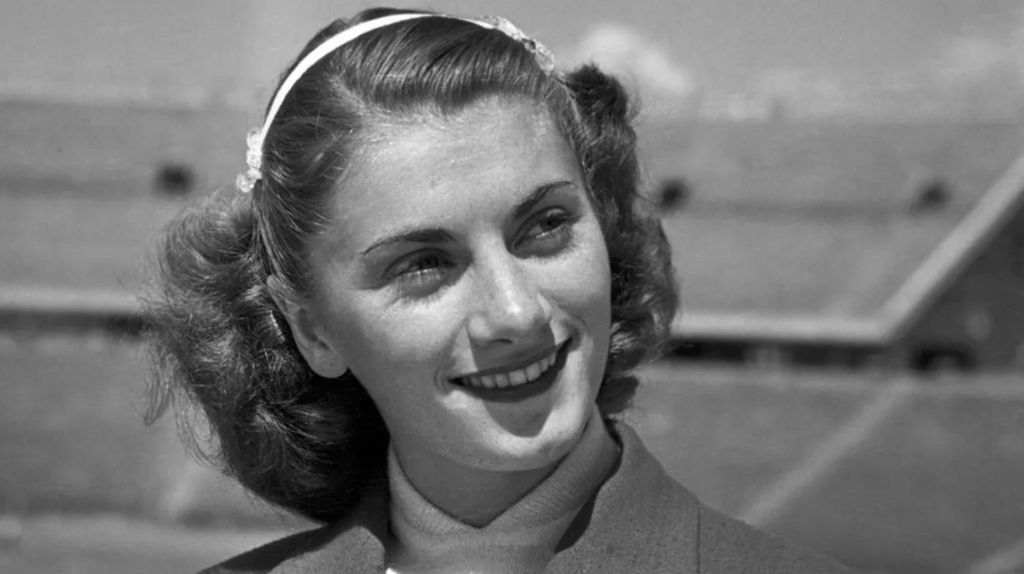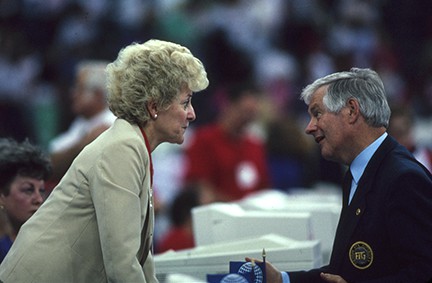In 1952, Hungary hosted its Liberation Day competition, a pivotal event for gymnasts vying for a spot in the upcoming Helsinki Olympics. For Hungarian athletes, the competition was more than just a national day to remember the end of German occupation; it was another qualifying meeting for the Helsinki Olympics,* and on the women’s side, the spotlight was once again on the contest between two of Hungary’s brightest stars — Ágnes Keleti or Margit Korondi. The pair flip-flopped in the all-around rankings throughout 1952.
For Czechoslovakia, the event offered a chance to measure their progress against Hungary, another European powerhouse. Hungary’s men had taken third place at the 1948 London Olympics, while the Hungarian women had settled for second, just behind Czechoslovakia’s gold medalists. Would Czechoslovakia be able to hold off Hungary again in Helsinki? (Spoiler alert: No.)
The following are the results of the competition, as reported in Hungary’s national press at the time. (Sources: Népsport, April 6 and 7, 1952)

*Note: Some newspaper reports include this event as one of Hungary’s qualifying rounds for their Olympic team while others do not.









